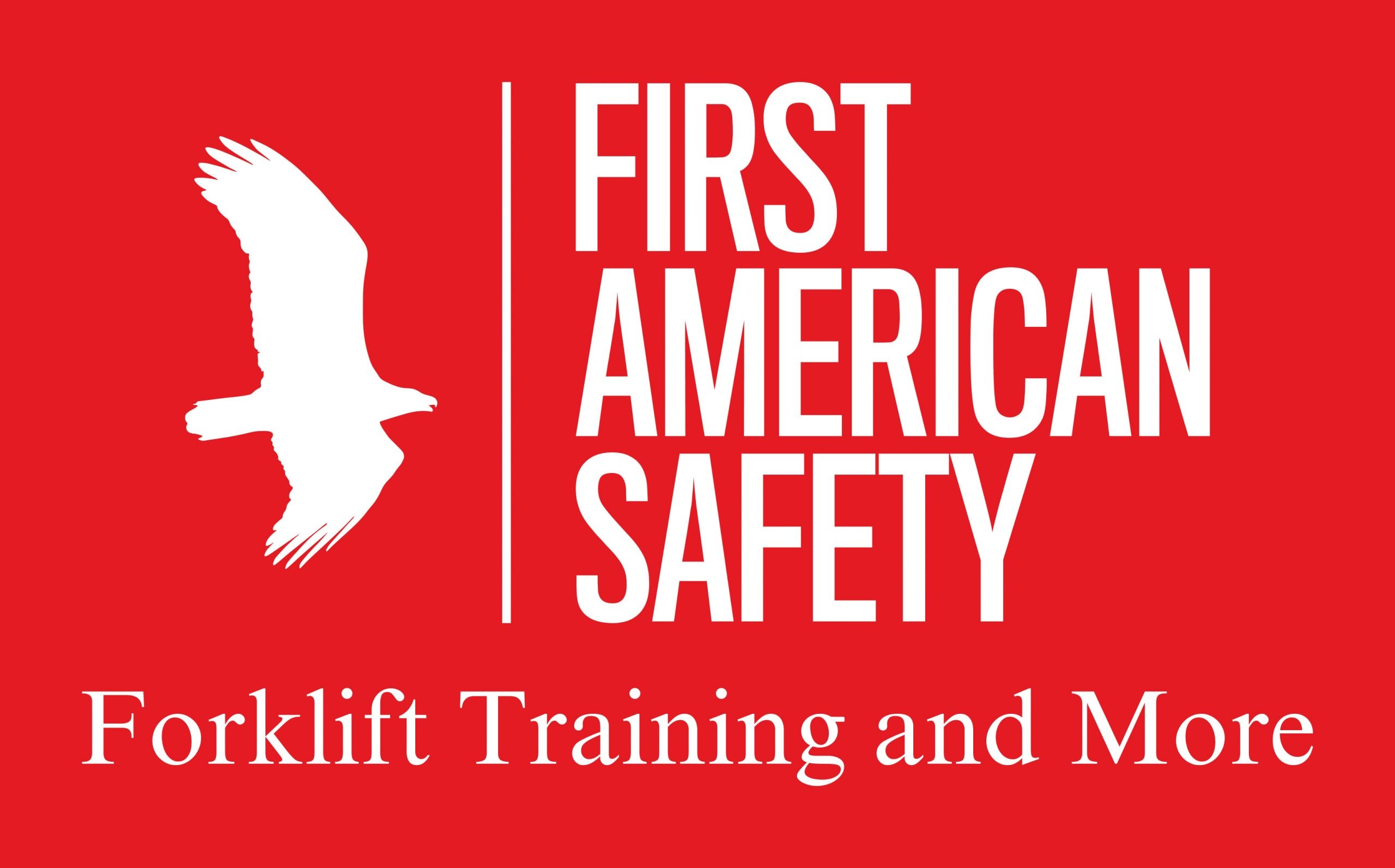Need some free safety meeting topics?
Oxygen Acetylene Torch Safety
Oxygen Acetylene Dangers
Oxygen Acetylene is used every day on the job in a variety of workplaces. Different trades use these systems to perform various tasks. From Iron Workers cutting rebar, to Carpenters cutting beams for false work, oxygen acetylene needs to be used to perform these tasks. In our experience, many workers do not know the dangers of these systems. Many times during inspections by safety personnel, the systems are found to be misused or damaged and need to be taken out of service. Safety really should be a “number 1” concern with oxygen and acetylene torch set ups. If mishandled, these systems can cause violent explosions, fires, or the tanks can even fly off like a rocket with tremendous destructive power.
Oxygen Acetylene Tanks
Let’s start with the tanks. Do you even know which tank is which, or do you just turn the nobs until it works? Oxygen tanks are normally tall and skinny while acetylene tanks are normally short and fat. The tanks shall be free of damage, the valves shall be in good condition, and operate smoothly. The caps for the valves shall remain in place at all times unless the bottle is in use.
Storage
Do you know how to store oxygen and acetylene bottles? Do you know the best way to set up the bottles while they are in use? Oxygen and acetylene bottles shall be stored at least 20 feet apart at all times when not in use. They shall be stored in the upright vertical position at all times. They shall always remain tied off (preferably with chain) to prevent them from tipping with the caps on tight. When the bottles are in use they shall be separated by a 30 minute fire barrier (preferable) tied off and used in the upright vertical position at all times. Remember, these bottles are under extreme pressure at all times and explosion is always a real danger.
Regulators
The regulators are also very important to the operation of oxygen acetylene systems. Have you ever looked at the gauges? Do they leak, are the gauges unclear to read, or filled with water? Sometimes the glass or cover is completely gone. These gauges tell you a lot. Check with the manufacturer and see what the max pressure should be for your gauges. Everything must match- the hoses, the torch etc. for the pressure being used. There shall be a spark arrestor (Back Flow Device) somewhere in the system to prevent a spark from being sent back through the hose. Victor gauges put the back flow device in the torch head. If the back flow device is not in the torch head, there shall be a back flow device somewhere between the gauges and the torch.
Oxygen Acetylene Hoses and Torches
Those hoses and the torch are a crucial part of the oxygen acetylene system. Many times the hoses are found heavily damaged. Make sure you are always inspecting the hoses before use. The hoses shall have the factory crimps on the ends with the fittings. Tie wire is not adequate for crimping. If there is any bulging in the lines, the hoses are no good and shall be taken out of service immediately. Now for the torch itself; the torch shall be in good working condition at all times. The torch gas handle shall be in original working condition. If it is held on with anything other than the factory pin, tag it out and discard the torch immediately. The torch shall be free of any damage, corrosion or rust. The torch tip shall be clear of any debris. If the tip becomes clogged, try cleaning it with tip cleaners. If it is still clogged even a little bit, replace the tip and discard the old one.
Conclusion
Explosion is a very real threat with oxygen acetylene systems. Always perform inspections before use. Let your manager or supervisor know of any issues with the system. Remember if you feel unsafe using the torch, do not be afraid to say something. Your life is more important than your job. Going home to your family is your number 1 goal.
